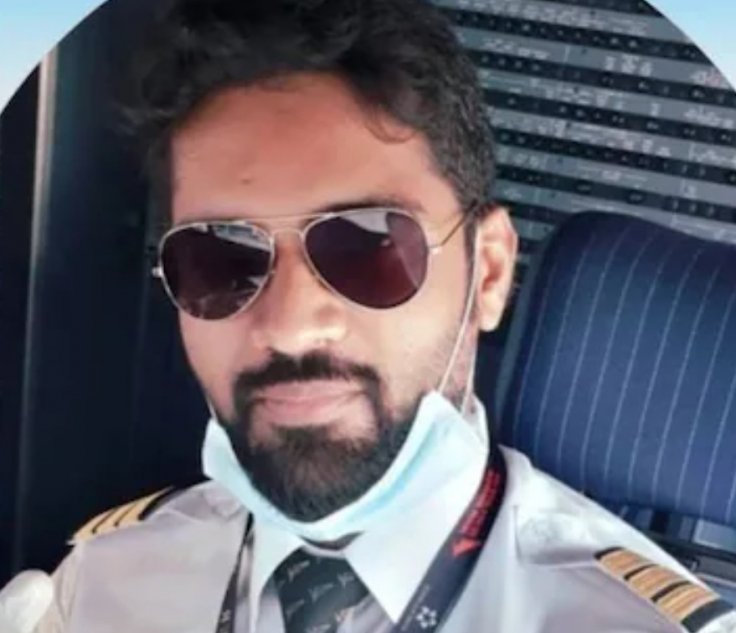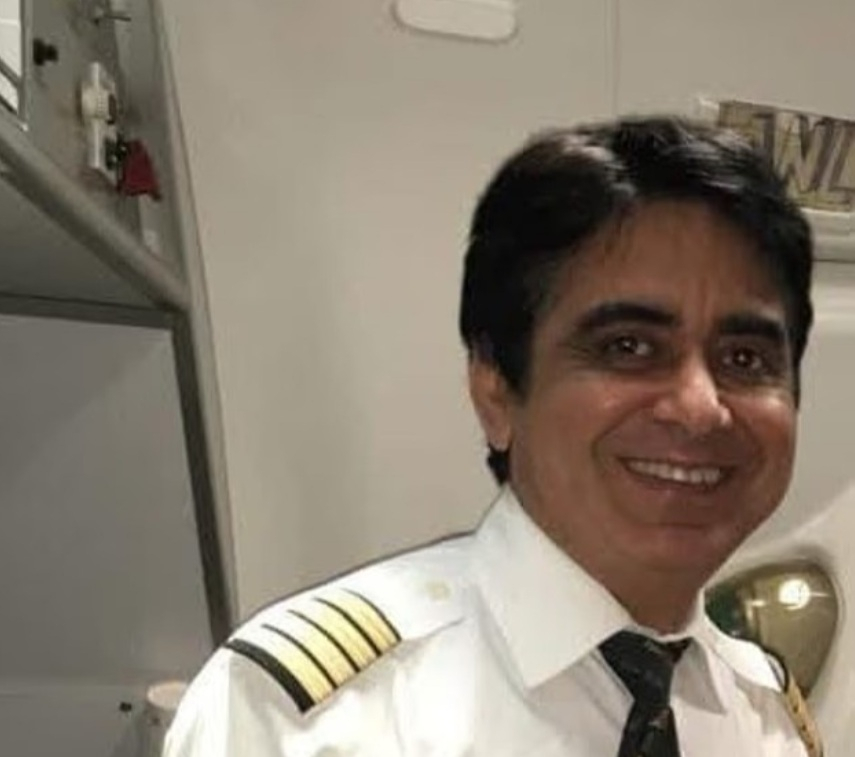The pilot of the Air India flight frantically reported that the aircraft was fast “losing power” just moments before the deadly crash, killing at least 260 people, with only one passenger escaping the tragedy. The London-bound Boeing 787-8 Dreamliner went down in a crowded suburb shortly after leaving from Ahmedabad Airport on Thursday morning.
Captain Sumeet Sabharwal, a seasoned pilot with 8,200 flight hours, made a distress call saying, “Mayday… no thrust, losing power, unable to lift,” moments before the plane crashed into a residential building in Ahmedabad. Air India later confirmed that 241 out of the 242 people on board flight AI171 lost their lives in the tragic crash.
Final Message of Distress
X
The lone survivor, British passenger Viswashkumar Ramesh—who was traveling with his brother—recalled hearing “a loud noise… then the plane crashed.” At the time of the incident, the Boeing aircraft was flying just over 400 feet above the ground when both engines reportedly failed, despite the presence of two highly trained pilots in the cockpit.
They had only 17 harrowing seconds to try and regain control before the state-of-the-art jet slammed into a medical college filled with doctors, triggering a massive fireball that shot into the sky.

X
Disturbing footage captured the aircraft’s final moments as it rapidly descended, with its speed dropping and warning alarms likely blaring inside the cockpit.
Sabharwal and his co-pilot, Clive Kundar—who had 1,100 hours of flying experience—sent out a frantic mayday call, warning the flight was “losing power.”
The video appears to show the pilots making a last-ditch effort to raise the aircraft’s nose just before the fatal crash.

X
Instead of completing its planned 4,200-mile, nearly 10-hour non-stop flight to Gatwick, the Air India jet crashed just 1.5 miles past the end of the runway, in the crowded Meghaninagar area of Gujarat’s Ahmedabad city, in northwest India.
Crashed in Crowded Area
The plane crashed into the doctors’ hostel at BJ Medical College, unleashing a massive blast of fire, smoke, and debris that soared high into the air, leaving the entire scene resembling a battlefield.

X
In addition to most of the passengers and crew on board, at least 50 people on the ground were reportedly killed, with many more injured.
At the time of impact, doctors, medical students, and staff were having lunch in the hostel canteen when the plane’s landing gear tore into the dining hall with a thunderous crash. Shocking footage captured panicked diners fleeing as tables, still set with uneaten meals, were abandoned in the chaos.
Aviation analysts have hinted at two primary causes for the disaster: the possibility that a flock of birds was sucked into both engines, causing failure at a critical moment, and unexplained issues related to the aircraft’s wing flaps.
Captain Saurabh Bhatnagar, a former senior aviator, suggested that the engines might have malfunctioned due to a bird strike, drawing a comparison to the Jeju Air crash that took place in South Korea last December.

X
He said: “From the footage I have seen, it looks like prima facie the case of multiple bird hits. The takeoff was perfect.”
Amid the devastation, emerged what many are calling the “luckiest man alive.” Ramesh, who had been seated in 11A on the Dreamliner, appeared to have escaped with barely any visible serious injuries. Footage showed him limping away from the wreckage.
The British father’s unbelievable survival is even more remarkable considering he not only survived a plane crash but also made his way through a blazing inferno.




